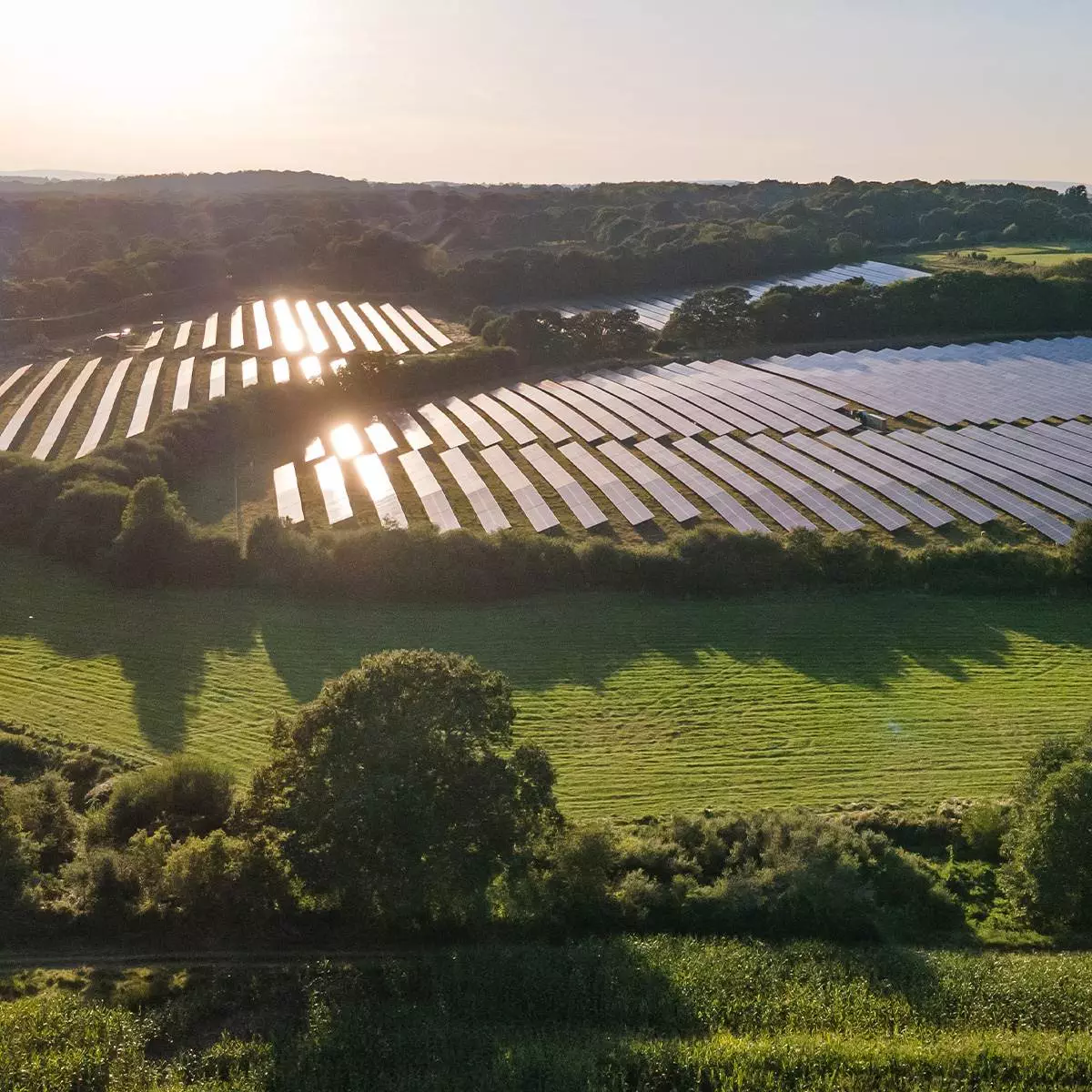The CARBON Challenge
The construction sector leads the world in at least one way.
The production of carbon emissions. That’s a cause for concern, needing immediate and drastic action, for reasons we’ll come to, but let’s start at the beginning.
Carbon
Carbon is stored in various forms – it can be a solid, liquid or gas – and in many places. These include the earth’s crust, the oceans, plants, the atmosphere, fossil fuels and the bodies of animals like us.
These sources and sinks are all part of what is called the carbon cycle. This is a fundamental process that describes the continuous movement of carbon through the Earth’s various systems, which, when left undisturbed maintains a natural balance of carbon outputs and inputs.
Prior to the industrial revolution we didn’t interfere greatly with that delicate balance.
These sources and sinks are all part of what is called the carbon cycle. This is a fundamental process that describes the continuous movement of carbon through the Earth’s various systems, which, when left undisturbed maintains a natural balance of carbon outputs and inputs.
Prior to the industrial revolution we didn’t interfere greatly with that delicate balance.

But then an increasingly industrialised society emitted vast amounts of extra carbon into the environment from factories, motorised transport and the manufacture and use of building materials. Nobody knew at the time what damage all this was doing, but we certainly do now.
Emissions of carbon dioxide, and other greenhouse gases such as methane and refrigerants, have been increasing at such a rate that the planet is becoming hotter, and our climate is changing.
Emissions of carbon dioxide, and other greenhouse gases such as methane and refrigerants, have been increasing at such a rate that the planet is becoming hotter, and our climate is changing.

How hot is the earth becoming?
The United Nations Intergovernmental Panel on Climate Change (IPCC) said in 2023 that global temperature rise was on course to reach 1.5 degrees before 2040. The panel added the increase was in line to total 3.3 degrees by the end of the century.
The IPCC had said earlier that greenhouse gas emissions had to peak by 2025 and fall by over 40 per cent by 2030. If that didn’t happen, catastrophes – many irreversible – would start to become inevitable. These disasters include:
The IPCC had said earlier that greenhouse gas emissions had to peak by 2025 and fall by over 40 per cent by 2030. If that didn’t happen, catastrophes – many irreversible – would start to become inevitable. These disasters include:
Built environment sector contribution
Studies commissioned by bodies like the Global Alliance for Buildings & Construction typically show the sector generates about 40 per cent of all global emissions. This makes the sector by far the worst offending industry.
Despite this, the IPCC has also revealed that emissions from buildings actually rose by 50 per cent in the 30 years to 2019. Worse still, given present trends, other research suggests they’re on course to double before 2050.
This means that organisations working within the built environment sector must fully account for their contributions arising from their activities, including both their embodied and operational emissions. To sustain realistic progress towards being a Net Zero sector, it is essential to implement annual accounting, reviewing and reporting of emissions, targets and achievement of reductions.
Despite this, the IPCC has also revealed that emissions from buildings actually rose by 50 per cent in the 30 years to 2019. Worse still, given present trends, other research suggests they’re on course to double before 2050.
This means that organisations working within the built environment sector must fully account for their contributions arising from their activities, including both their embodied and operational emissions. To sustain realistic progress towards being a Net Zero sector, it is essential to implement annual accounting, reviewing and reporting of emissions, targets and achievement of reductions.

Net zero
Net zero in its simplest form is balancing the emissions we release into the atmosphere with what we can remove from it.
For organisations and built assets, this means reducing carbon emissions as much as possible before offsetting remaining emissions through the use of high-quality carbon credits or other appropriate offsetting strategy.
You’ve reached net zero if any emissions you can’t avoid, once verified, have been fully balanced.
Many assets and organisations will always have some emissions. That’s because the technology needed to abolish them completely is still far too expensive for most budgets, years away from general sale, or both.
Each credit you purchase is effectively a permit authorising you to emit a tonne of carbon. The price you pay for it funds identified projects that help sustain the planet, such as schemes restoring rainforests or promoting rewilding.
But we’d urge you to obtain expert advice before entering the carbon credit market, to ensure you don’t purchase poor value credits which don’t provide the necessary balance to your residual emissions.
For organisations and built assets, this means reducing carbon emissions as much as possible before offsetting remaining emissions through the use of high-quality carbon credits or other appropriate offsetting strategy.
You’ve reached net zero if any emissions you can’t avoid, once verified, have been fully balanced.
Many assets and organisations will always have some emissions. That’s because the technology needed to abolish them completely is still far too expensive for most budgets, years away from general sale, or both.
Each credit you purchase is effectively a permit authorising you to emit a tonne of carbon. The price you pay for it funds identified projects that help sustain the planet, such as schemes restoring rainforests or promoting rewilding.
But we’d urge you to obtain expert advice before entering the carbon credit market, to ensure you don’t purchase poor value credits which don’t provide the necessary balance to your residual emissions.
Why verify?
Building sector companies’ reputations, compliance and profitability therefore now depend more than ever on them reducing emissions in all aspects of their work. That task can be complex and must be continuous, but it’s now essential and urgent.
Clearly, you can’t make a coherent, systematic effort to cut your emissions without knowing their current level. That means obtaining independent expert confirmation that your footprint has been calculated correctly. It was to help businesses acquire this vital assurance that GBTS was founded.
Clearly, you can’t make a coherent, systematic effort to cut your emissions without knowing their current level. That means obtaining independent expert confirmation that your footprint has been calculated correctly. It was to help businesses acquire this vital assurance that GBTS was founded.
Have Questions?
Get in touch
If you’re interested in our services or would like to discuss your needs further, please contact us.